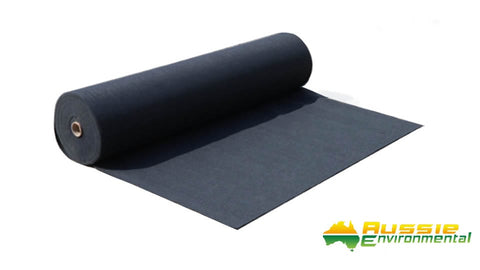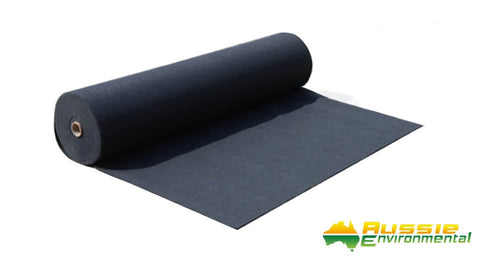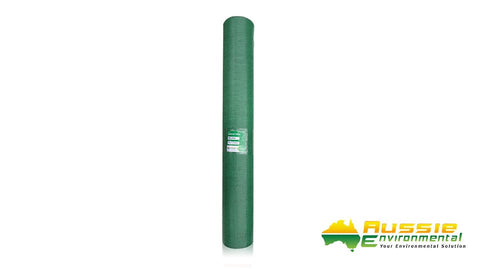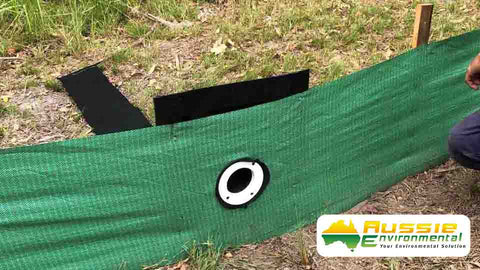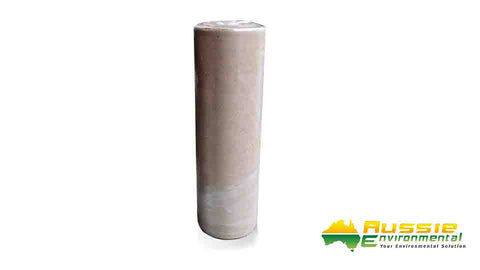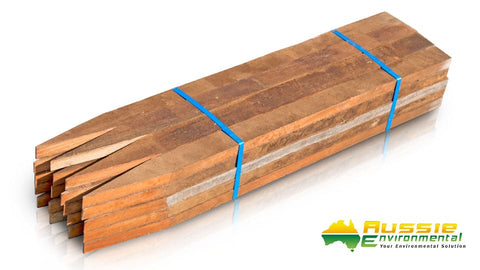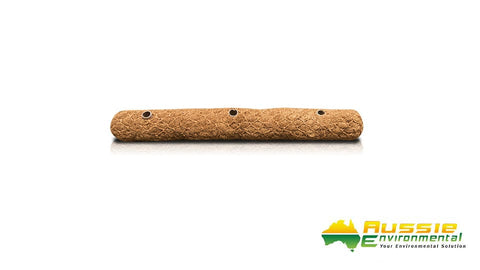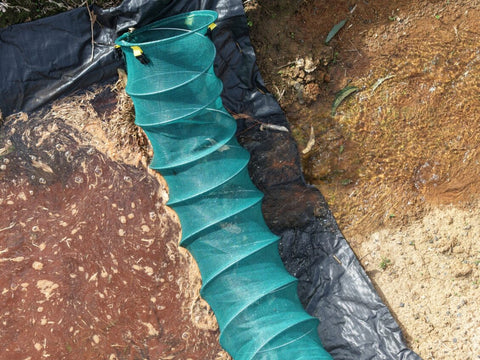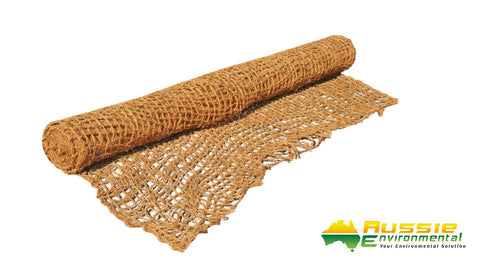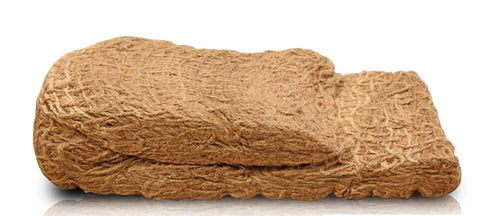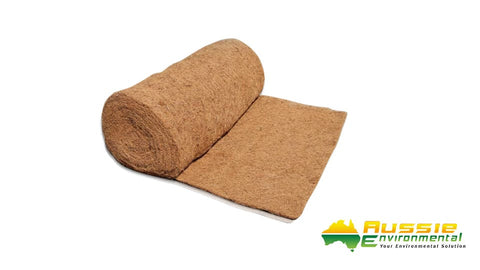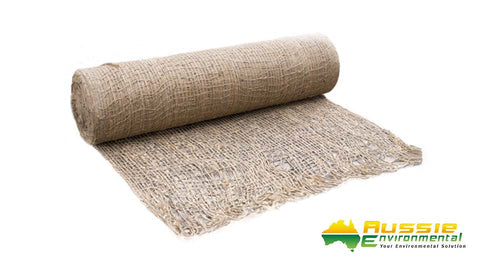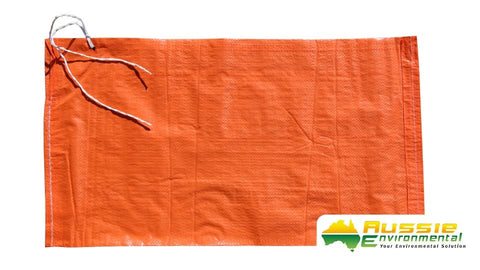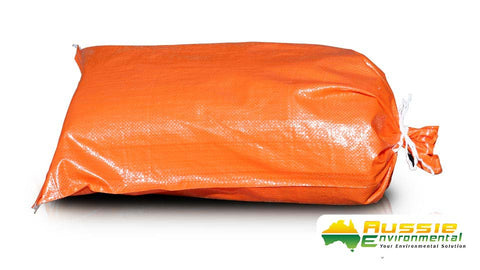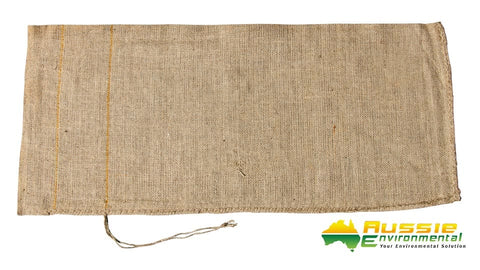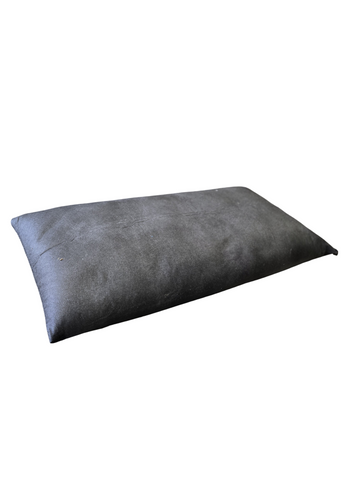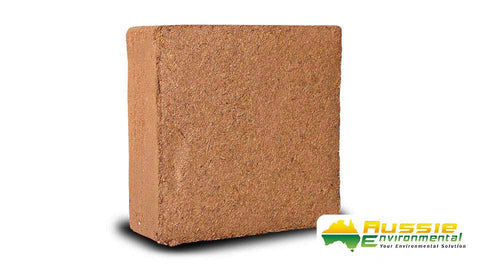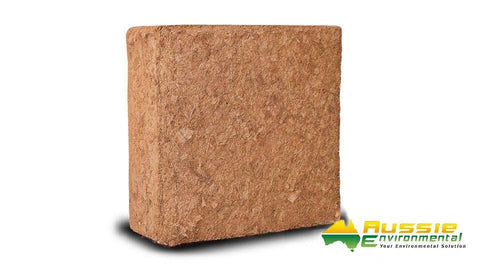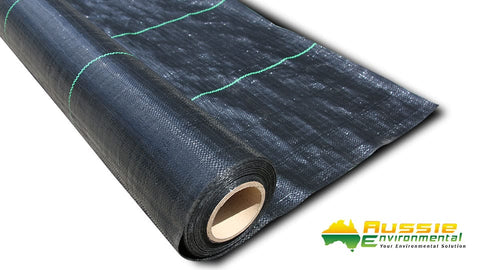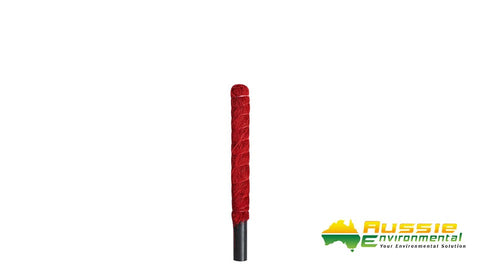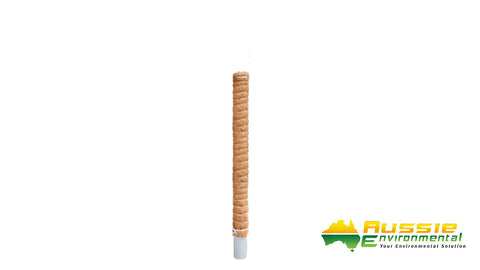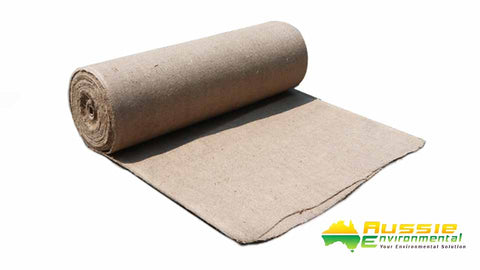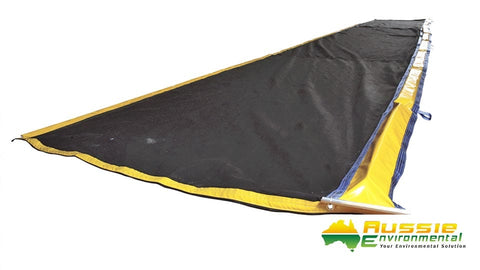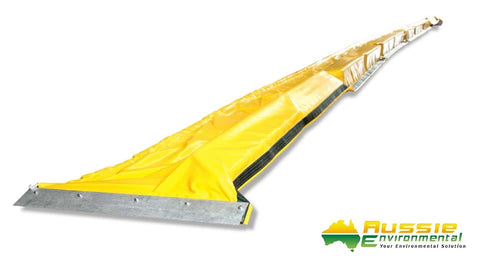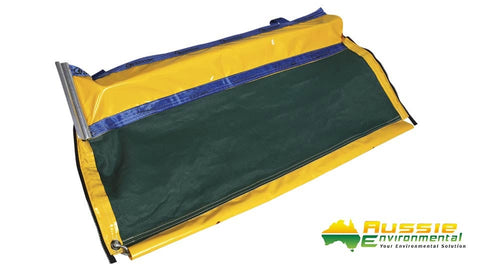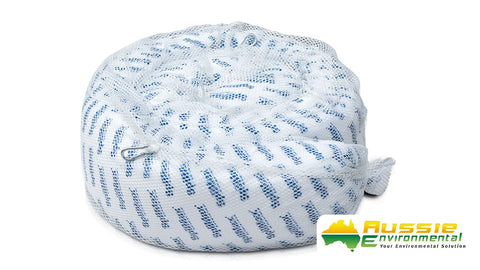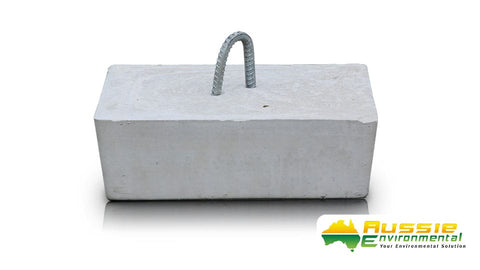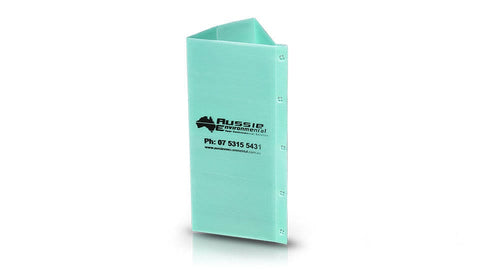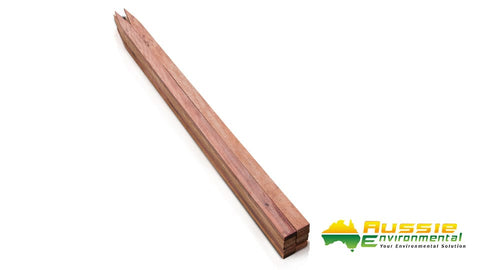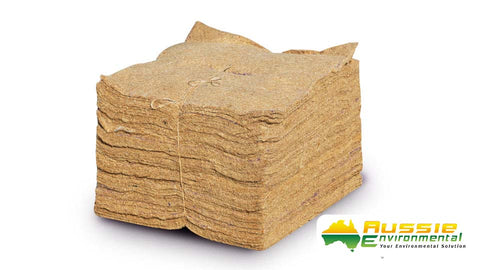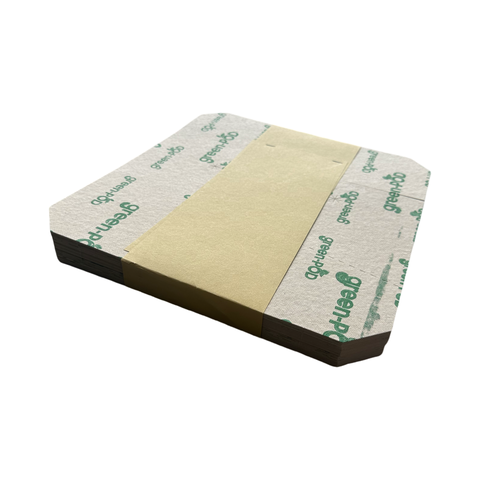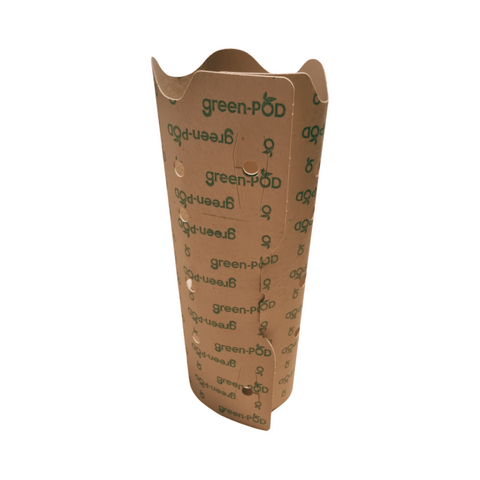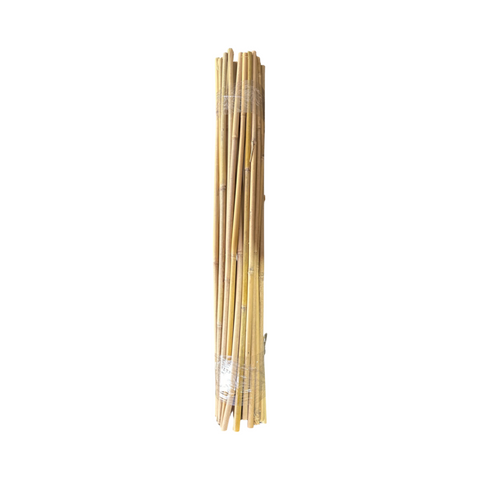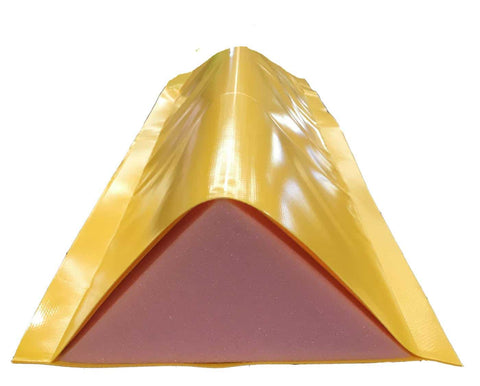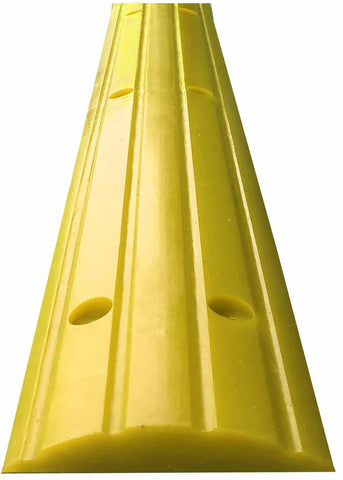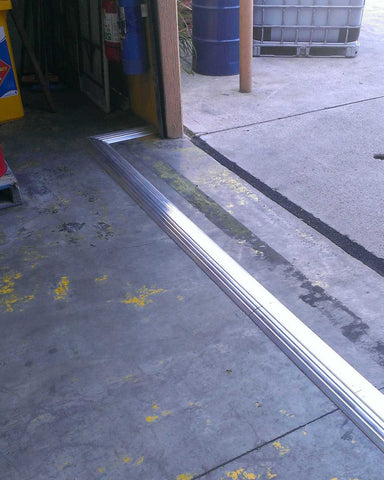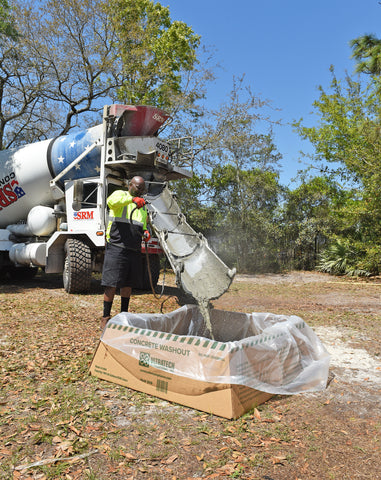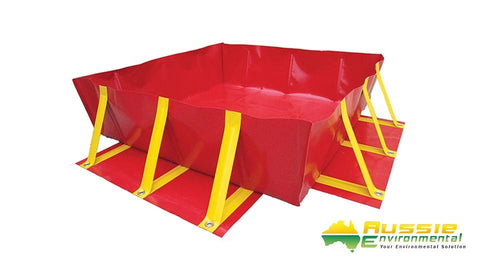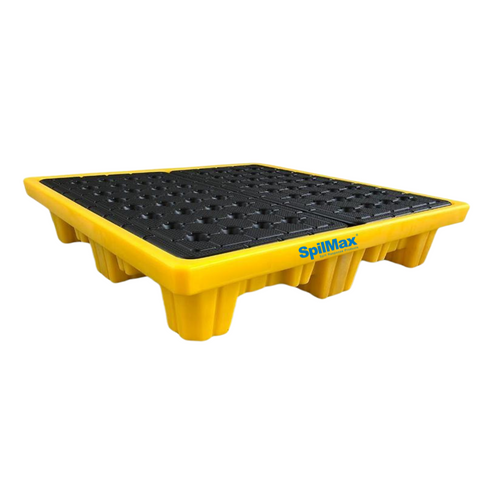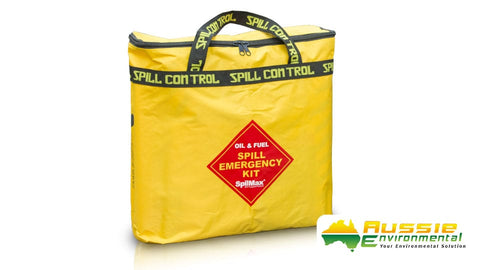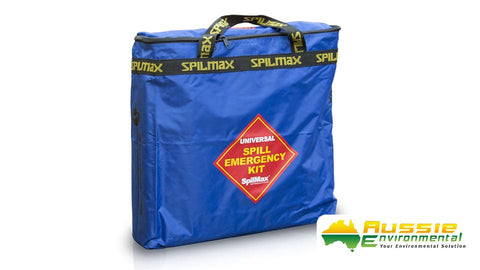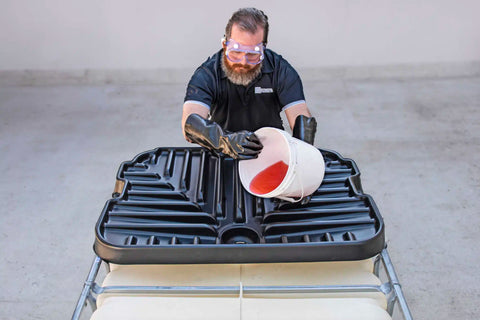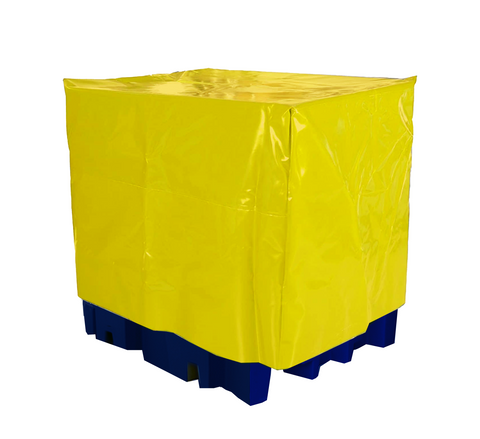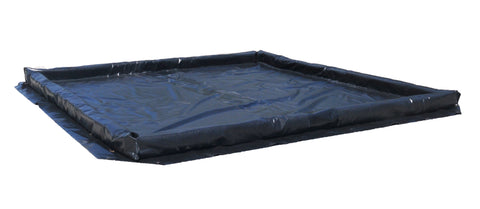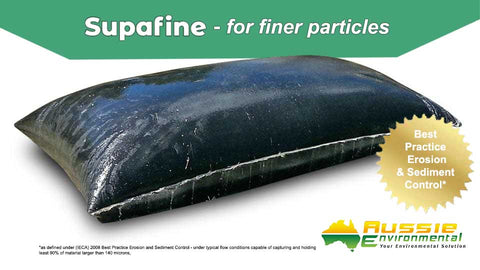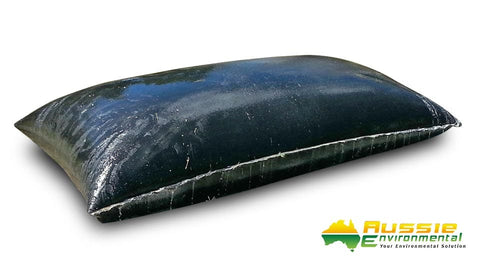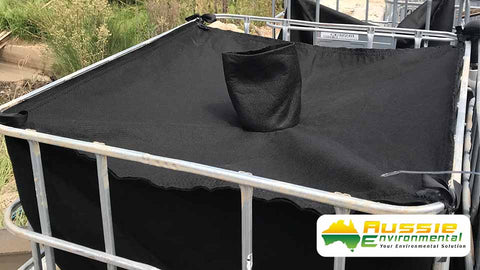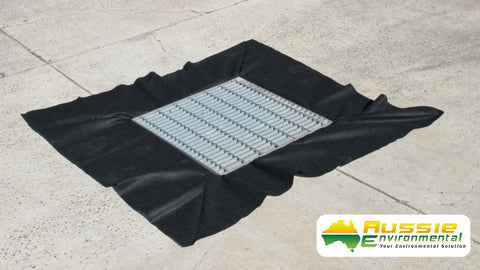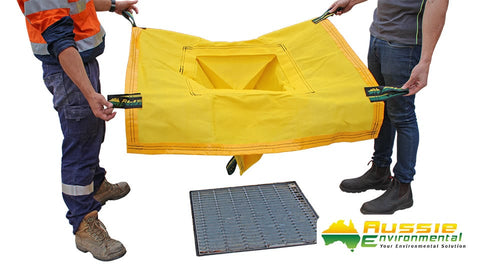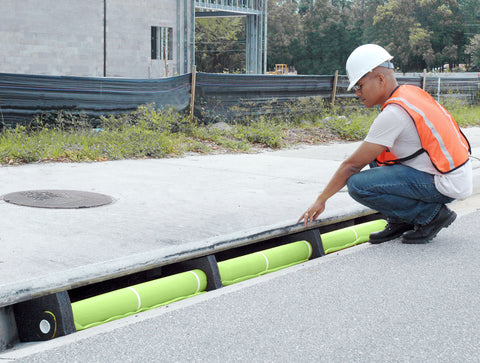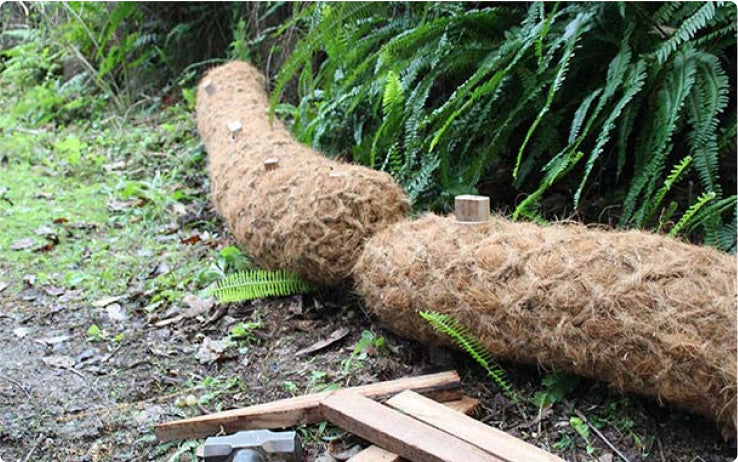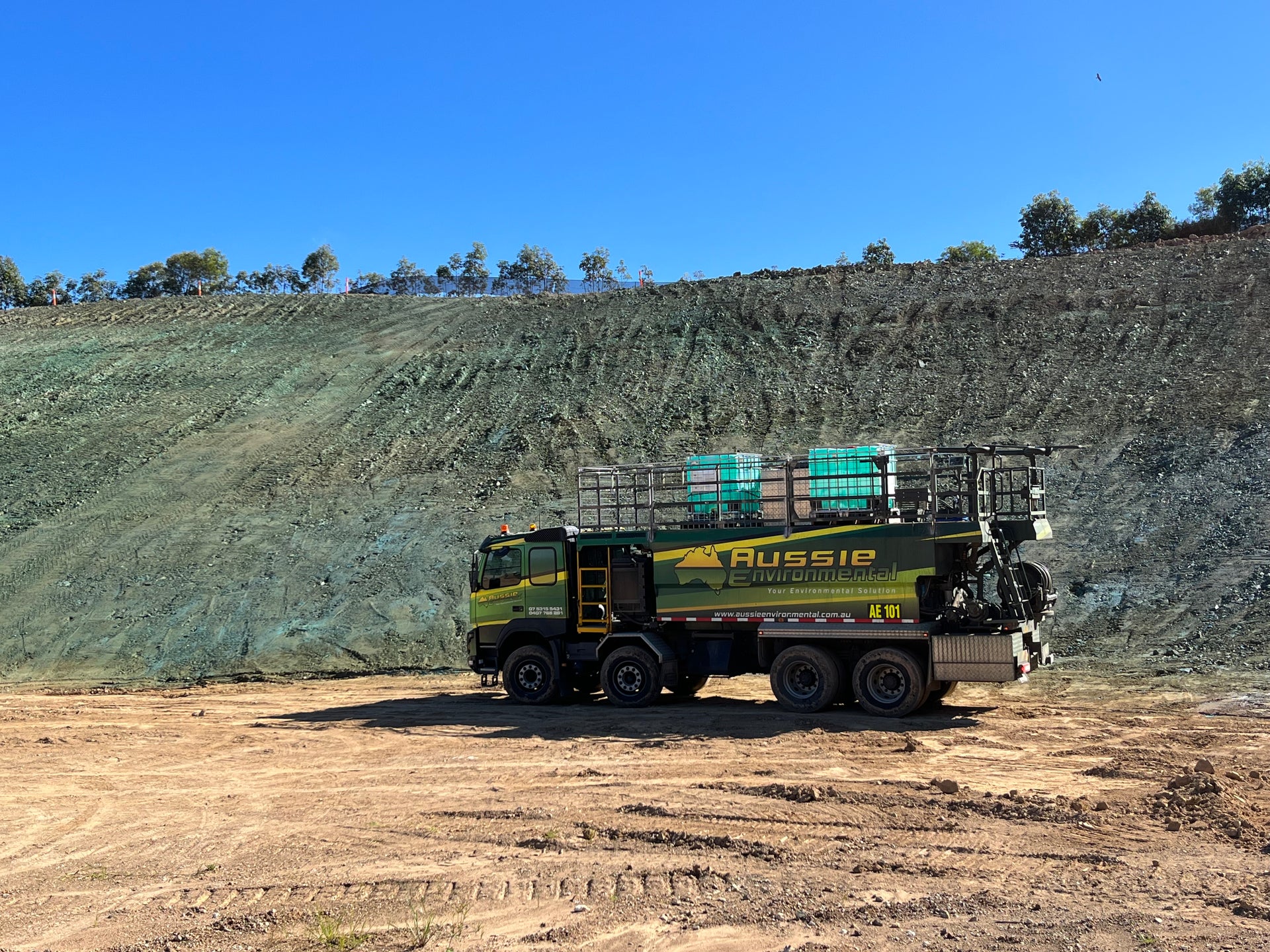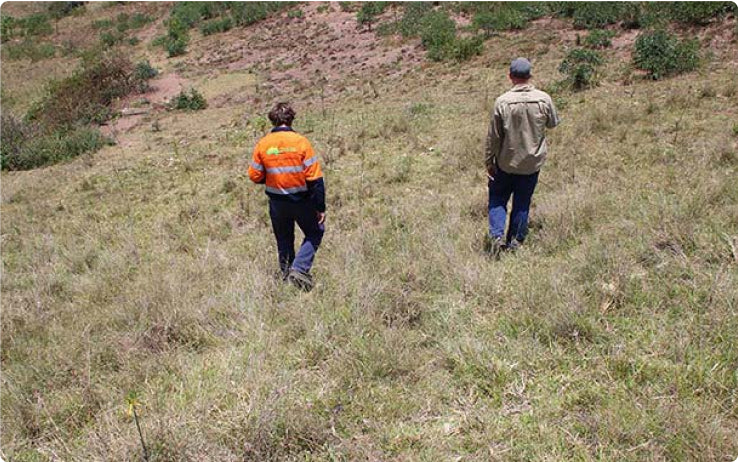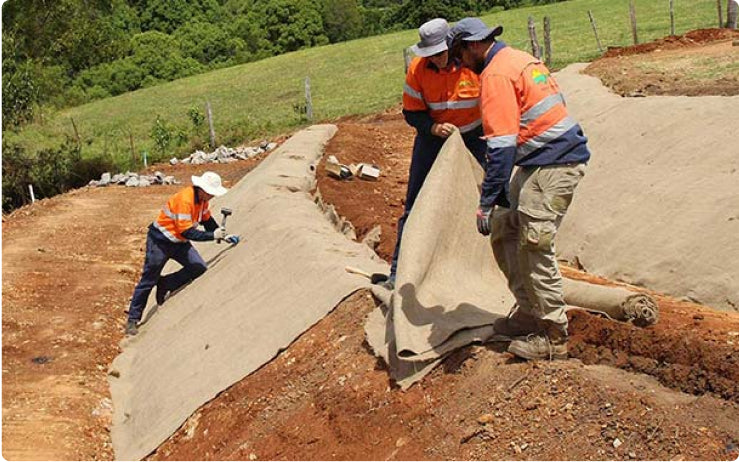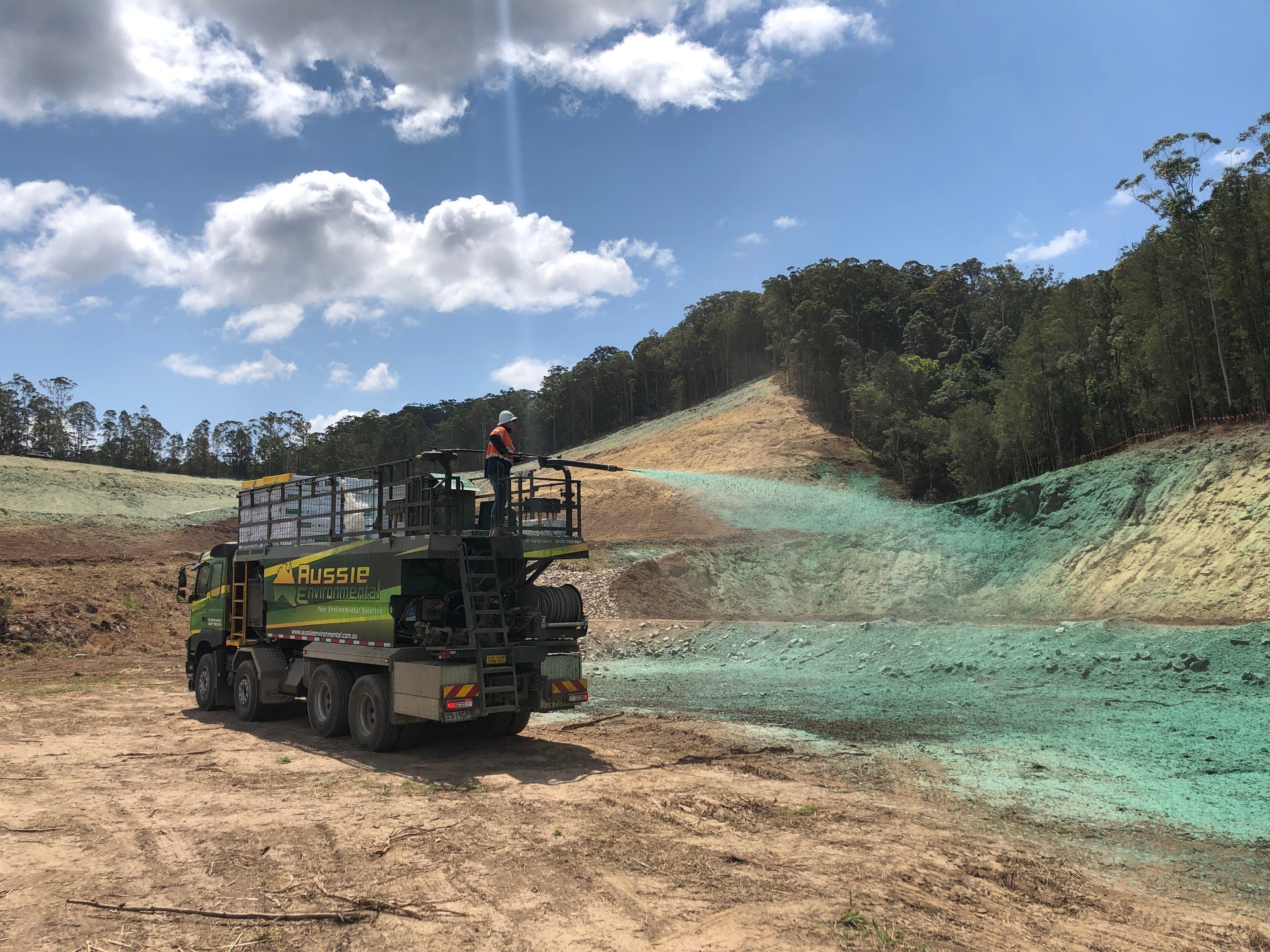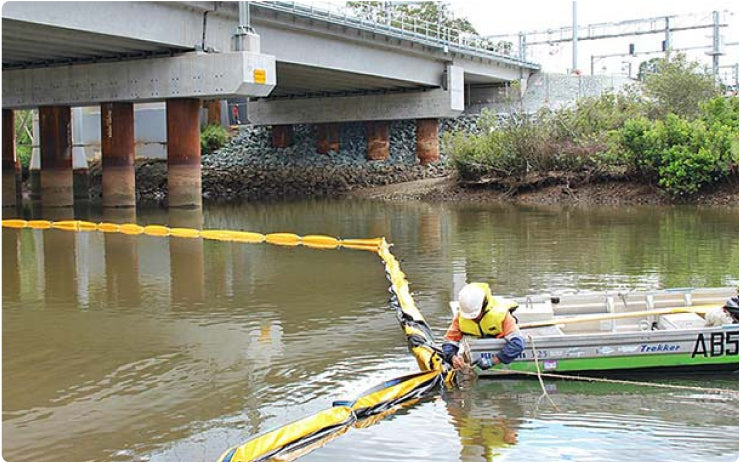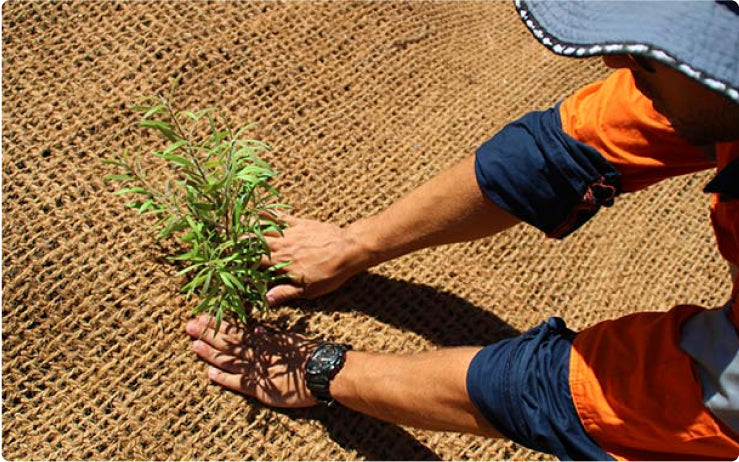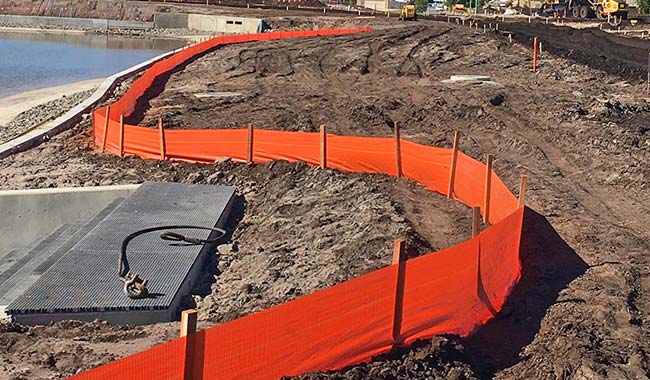Erosion Sediment Control Plan: Best Practice for Projects Nationwide Australia
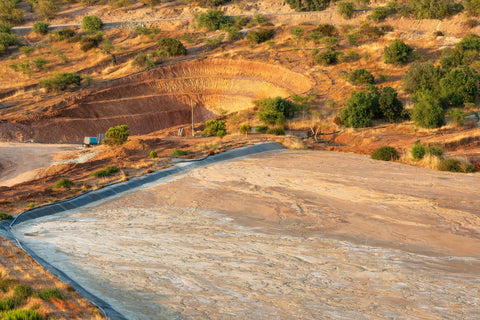
The most common cause of waterway pollution in Australia is sediment runoff. If soil and other materials are loosened by wind, water, or human intervention, they may be washed into drains, creeks, rivers, and coastal waterways, reducing the quality of the water and damaging aquatic ecosystems.
While there is a specific set of guidelines in every state and territory, the same successful erosion and sediment control concepts work everywhere, regardless of whether you find yourself in Queensland, Northern NSW, or some other location in Australia.
Why Sediment Control Matters
Unmanaged sediment runoff can:
- Block stormwater systems, increasing flood risk
- Damage sensitive ecosystems such as seagrass beds and coral reefs
- Break environmental laws and cost you hefty fines
Nationwide, land managers, developers, and contractors have an environmental and legal obligation to minimise these risks using established erosion and sediment control practices.
Treatment Train Approach
The optimal method of erosion and sediment risk management is to utilise a treatment train, a sequence of multiple controls acting at different stages to reduce water velocity, capture sediment, and prevent contaminants from leaving the site.
Key components are:
- Erosion prevention – stabilising exposed soils with vegetation, mulch, or erosion blankets
- Runoff control – redirecting water away from affected areas with diversion drains or earth berms
- Sediment capture – installing silt fences, sediment basins, coir logs, or check dams to trap particles before they reach waterways
- Filtration and natural uptake – utilising vegetated swales, wetlands, or bioretention systems to further filter water
Core Measures for Any Sediment Control Plan
No matter where, a strong plan must feature:
- Covering Exposed Soil
Apply mulch, hydroseeding, or geotextiles to minimise erosion potential.
- Stockpile Management
Position stockpiles away from drainage lines, cover where practicable, and provide sediment barriers.
- Perimeter Controls
Implement silt fences, coir logs, or sediment traps around site perimeters to prevent soil exiting the site.
- Drainage Protection
Implement gravel filter bags, inlet protection, or other devices to prevent sediment entering stormwater systems.
- Flow Diversion
Divert clean water away from disturbed areas to reduce erosion pressure.
- Ongoing Maintenance
Monitor controls frequently, especially after rain, and replace or refurbish as required.
Organising Your Sediment Control Plan
The ideal plan must include:
- Project information – site location, responsible personnel, and dates of inspection
- Site information – maps of slopes, drainage lines, vegetation, and nearness to waterways
- Earthwork phases – order of earthworks, stabilisation, and reinstatement phases
- Control measures – separate erosion and sediment controls for every work phase
- Monitoring and maintenance – maintenance, sediment removal, and inspection schedule
- Completion process – sign-off when disturbed ground has been stabilised and no longer needs controls
Making It Work for Queensland and Northern NSW
While the above guidelines are general, it's always a good idea to check your local authority guidelines before starting work. For example:
Queensland – Best Practice Erosion and Sediment Control (IECA Australasia)
NSW – "Blue Book" (Managing Urban Stormwater: Soils and Construction)
If you're based in Queensland or Northern NSW, we can offer compliant sediment control measures for your design and supply, from silt fences and coir logs through to hydromulch products and erosion control blankets.
Moving Forward With The Plan
Whether you're managing a small landscape job or big construction job, the presence of a sediment control plan protects the environment, encourages compliance, and keeps projects moving smoothly. With the integration of prevention, runoff management, and sediment trap, you can reduce environmental footprints and meet legal regulations, no matter where you are in Australia.




